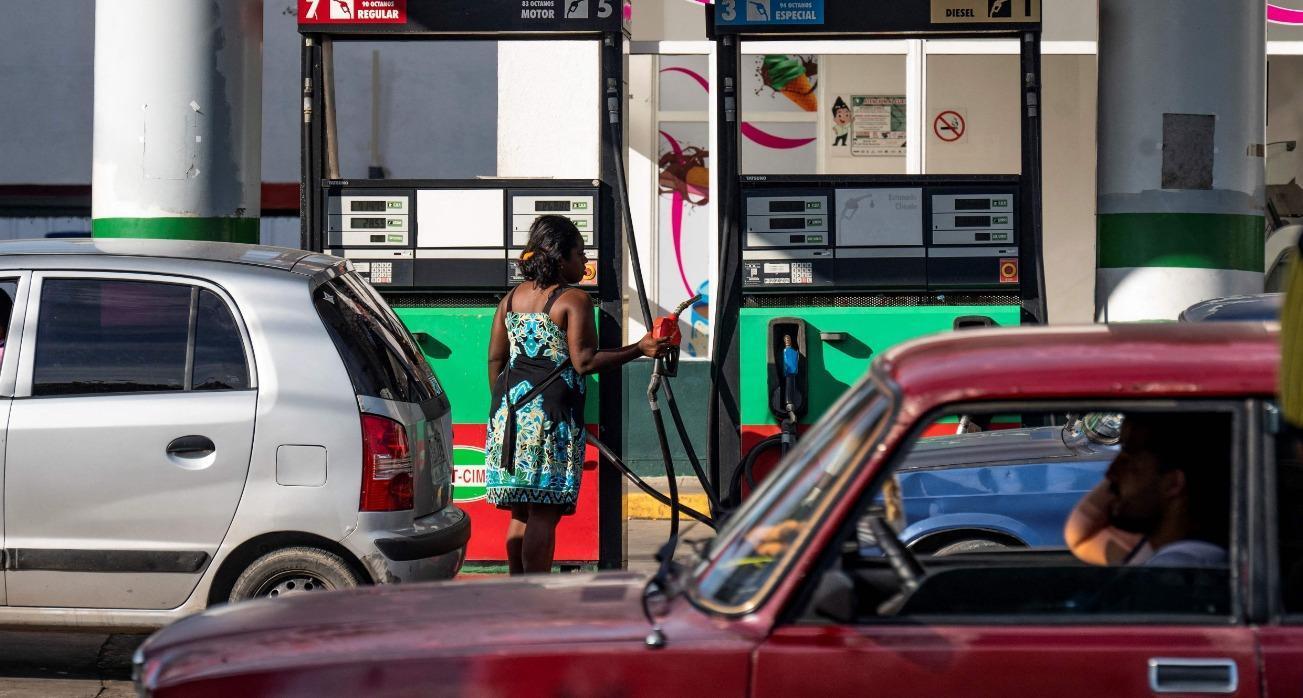Tension in Middle East fuels oil supply fears
NEW YORK

Oil prices rallied while the dollar and yen advanced after Hamas launched a shock attack on Israel at the weekend, sparking fresh concerns about tensions in the Middle East.
The crisis fanned concerns about supplies of crude from the region at a time when supply worries are already high owing to Saudi Arabia and Russia's output cuts.
It has also renewed fears about the impact on inflation, with energy costs a key driver of spiking prices, giving a fresh headache to central banks as they try to ease up on interest rate hikes to avoid recessions.
The surprise attack and Israel's declaration of war raised concerns that a potential broadening of the conflict could draw in the United States and Iran.
"Key for markets is whether the conflict remains contained or spreads to involve other regions, particularly Saudi Arabia," said ANZ Group's Brian Martin and Daniel Hynes.
"Initially at least, it seems markets will assume the situation will remain limited in scope, duration, and oil-price consequences. But higher volatility can be expected."
SPI Asset Management's Stephen Innes warned: "Historical analysis suggests that oil prices tend to experience sustained gains after the Middle East crises.”
A decidedly risk-off mood also saw investors push into the safety of the dollar, which was up against the pound and euro.
The yen, considered one of the safest currencies, strengthened against the greenback, though it still remains locked around 11-month lows.
Gold, another key haven, gained more than one percent.
OPEC oil demand forecast
Meanwhile, the OPEC oil cartel said yesterday that despite mounting efforts to limit climate change, it expects demand for crude to continue to grow for the next two decades.
In its 2023 annual report, the Organization of the Petroleum Exporting Countries forecasts demand for crude to reach 116 million barrels per day (mbd) by 2045 under its main scenario, a 16.5 percent increase from the 99.4 mbd in 2022.
That is an increase of 6 mbd from its estimate last year.
According to OPEC, whose 13 member states include Saudi Arabia, the Gulf states and Venezuela, oil demand will be driven by emerging and developing nations, with India in pole position.
Meanwhile, it sees oil demand in the OECD club of advanced economies declining from 2025.
In order to meet this demand OPEC says additional investment in fossil fuel production will be needed, putting the figure at $14 trillion by 2045, or roughly $610 billion per year.
















